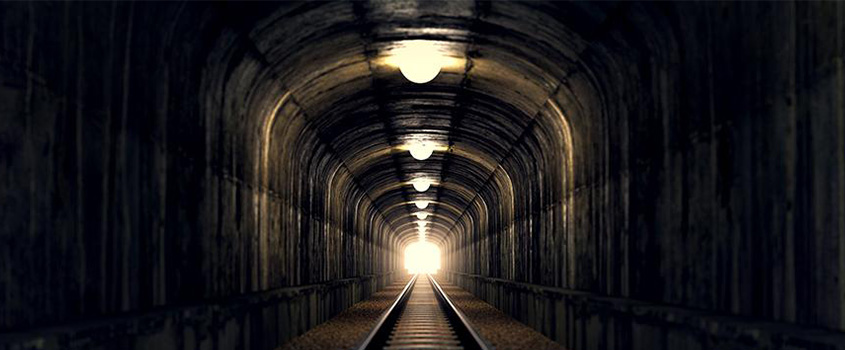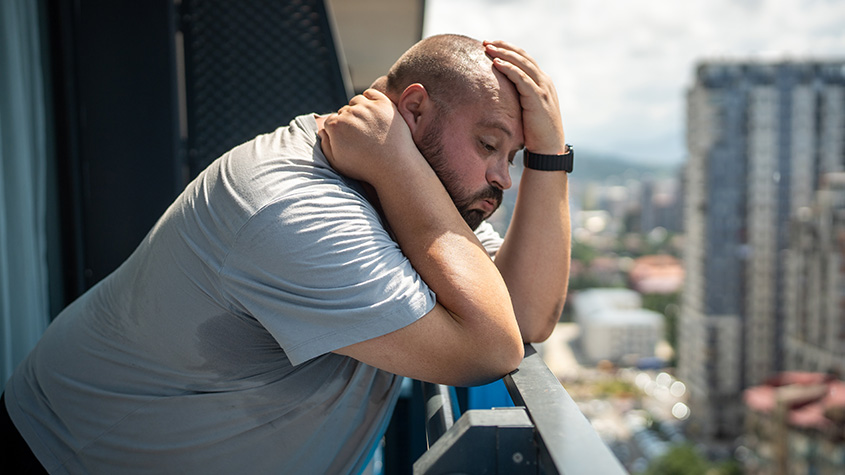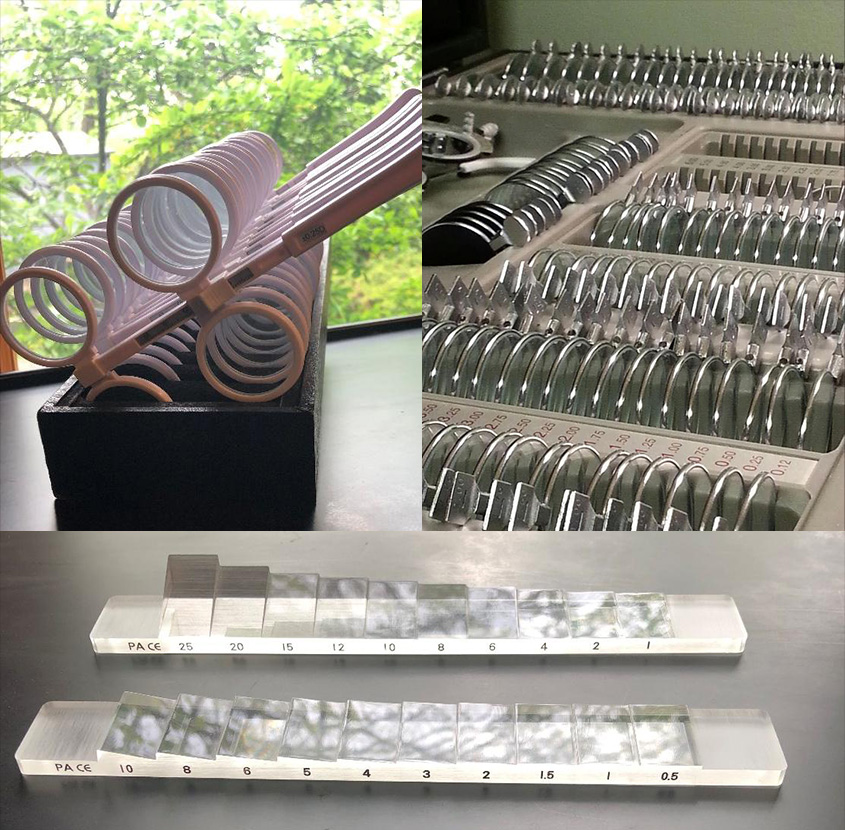Traumatic Brain Injury
Rebuilding Vision After Concussion or Brain Injury

How Vision Is Affected by Brain Injury
Vision is processed in the brain, so it’s common that head injuries, even mild ones, can affect vision. Research has found neurological abnormalities that persist long after the symptoms of a concussion have faded away.
Many times patients with brain injuries have a difficult time describing what is wrong with their vision. They just know something is not working right. They have symptoms that are not getting better and under certain conditions can be very debilitating. Conventional eye exams may not uncover the subtle underlying vision conditions for symptoms associated with concussion or traumatic brain injury. Specialized evaluation and treatment is needed in these cases to get to the root of the vision problem.

Post-Trauma Vision Syndrome
The vision system has two primary channels with different pathways in the brain. The central vision, where we focus our attention, is highly detailed but is only 6% of the visual field. The peripheral vision makes up the other 94% of our visual field and deals with peripheral information and motion processing. In order for vision to work effortlessly the two channels must work together automatically, simultaneously, seamlessly.
Post-Trauma Vision Syndrome is a condition that occurs when the central and peripheral vision channels are not working together like they are supposed to. A tunneling-type visual behavior occurs as a person uses their central vision to do the job of the peripheral vision. This tunneling effect becomes overwhelming and leads to many symptoms such as:
- Headaches, dizziness, or light sensitivity
- Double vision or blurred vision
- Difficulty reading or concentrating
- Balance problems or motion sensitivity
- Anxiety in busy visual environments



Neuro Optometric Rehabilitation
Neuro-optometric rehabilitation combines therapeutic lenses, visual-motor retraining, and brain-based therapy techniques. Dr. Les creates step by step, personalized programs that helps patients feel grounded, decreases overwhelm and restores the proper balance between central and peripheral vision. Patients also experience improved tracking skills, visual clarity, spatial awareness, and visual comfort.

Tools We Use
Therapeutic Lenses and Aligning Prisms: Reduce double vision, stabilize balance, and relieve visual strain.
Yoked Prism: to help restore stable center of gravity.
Binasal Occlusion: Reduces central confusion and organizes periphery. Aids in light sensitivity and motion sensitivity.
Tinted or Filtered Lenses: Soften light sensitivity and visual overload.
Vision Therapy: Retrains the eyes and brain to work together for smoother tracking, focus, and spatial organization.
Syntonic Phototherapy: Uses light therapy to support functional visual fields and neurological balance.

Neuro Optometric Rehabilitation…Making a Comeback
Dr. Les helps patients recover from the visual and neurological symptoms that often follow a concussion or brain injury. He coordinates with a patient’s medical team as needed. Neuro-optometric rehabilitation is a specialized treatment approach that retrains the brain to process visual information accurately and comfortably—restoring function, balance, and confidence

Are you stuck in your road to recovery?
Do you have lingering post-injury vision symptoms still bothering you and keeping you from doing what you love? Have you been unable to work, drive or go out in public, or does it wipe you out just trying? It’s time for your comeback!


